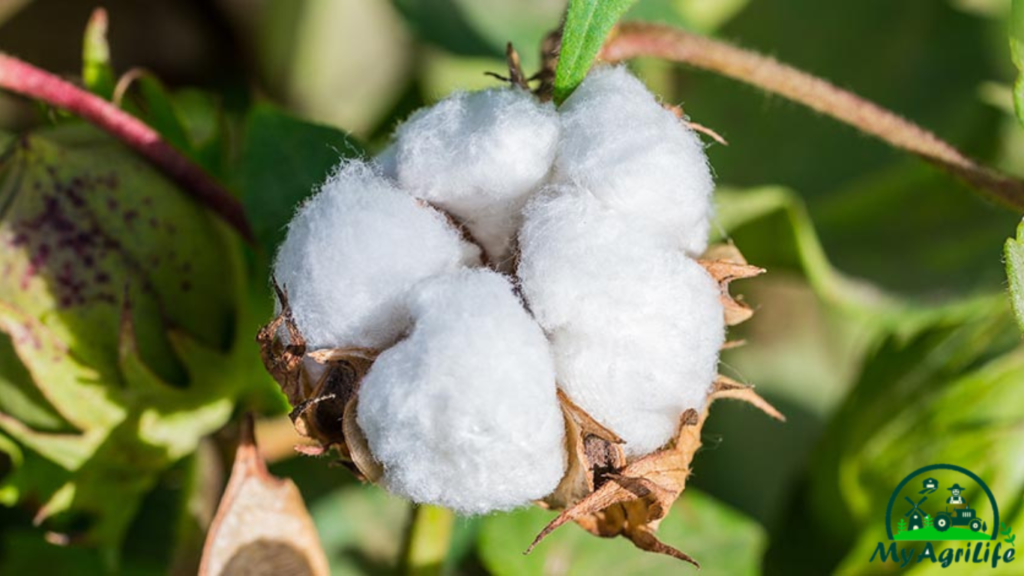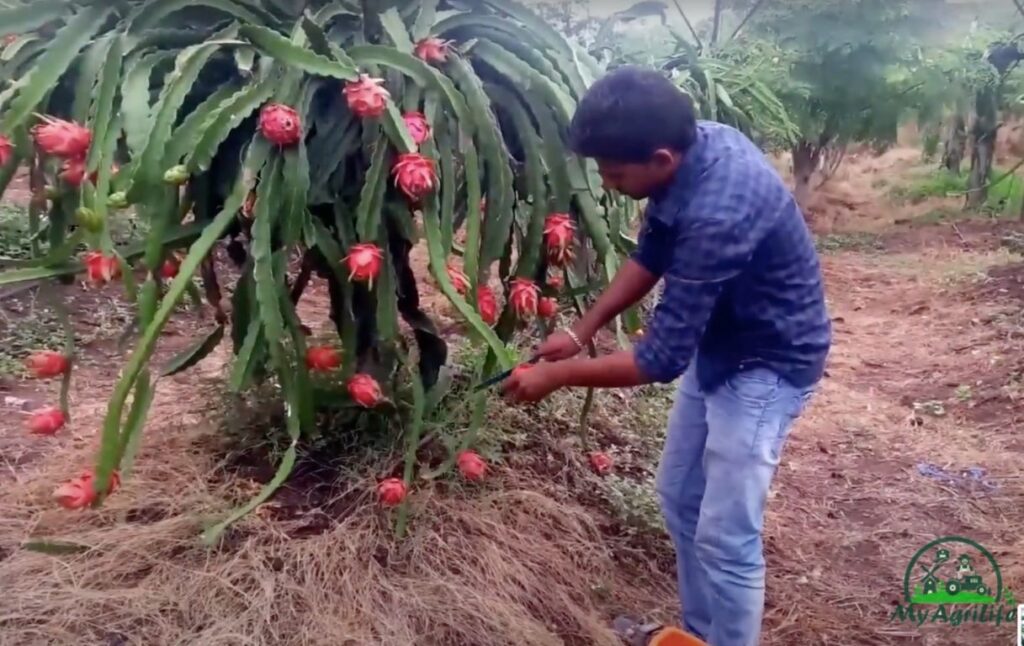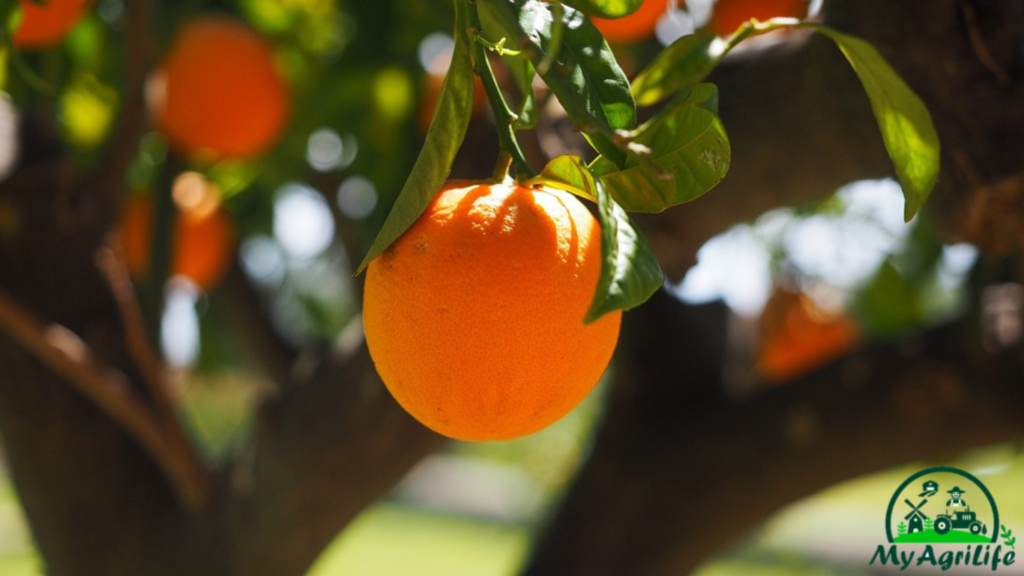
Orange is a fruit that is commonly found in tropical and subtropical regions. It is a round citrus fruit that is typically orange in color and has a juicy, pulpy interior with multiple segments containing seeds.
Oranges are a good source of vitamin C, which is an essential nutrient that helps support a healthy immune system and promotes the absorption of iron from plant-based foods. Oranges also contain other important vitamins and minerals, including folate, potassium, and thiamin.
In addition to being eaten fresh, oranges are used in a variety of culinary applications, including juices, jams, desserts, and savory dishes. The zest of the orange peel can also be used to add flavor to recipes.
Overall, oranges are a delicious and nutritious fruit that can be enjoyed in many different ways.
Seed Specification Orange
Oranges can be propagated from seeds, although this is not the most common method of propagation as it may result in variations in fruit quality and tree growth.
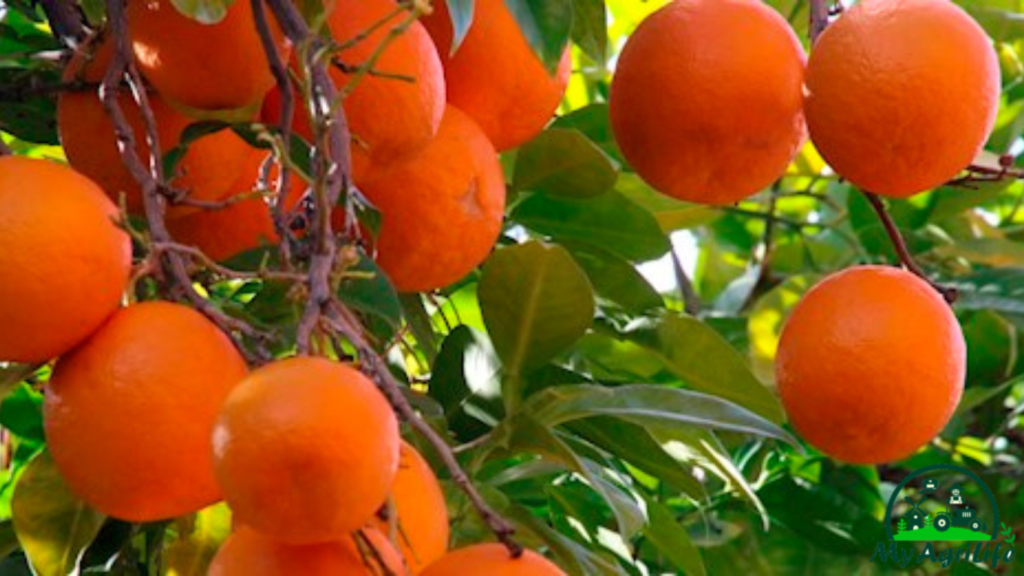
If you want to grow orange trees from seeds, here are some specifications you might want to consider:
1.Seed selection: Choose seeds from fully ripe oranges that have been freshly harvested. The seeds should be plump and healthy-looking, and should not be damaged or diseased.
2.Seed preparation: Rinse the seeds in water to remove any pulp or residue, then allow them to dry completely.
3.Soil and planting: Plant the seeds in a well-draining soil mix, and water regularly to keep the soil moist but not waterlogged. Plant the seeds about 1 inch deep and cover them with soil.
4.Temperature and light: Place the planted seeds in a warm and sunny location. Orange seeds germinate best in temperatures between 70°F and 80°F (21°C to 27°C).
5.Germination and growth: Orange seeds may take several weeks to germinate. Once they start to grow, keep them in a warm and sunny location and continue to water them regularly. When the seedlings have grown to about 6 inches tall, they can be transplanted into larger pots or into the ground.
Keep in mind that oranges grown from seed may not produce fruit that is similar to the parent tree. It can take several years for the tree to mature and produce fruit, and the fruit quality may not be as good as commercially grown oranges.
Land Preparation & Soil Health Orange
When preparing land for growing oranges, it is important to consider the soil health and fertility of the site. Here are some specifications to keep in mind:
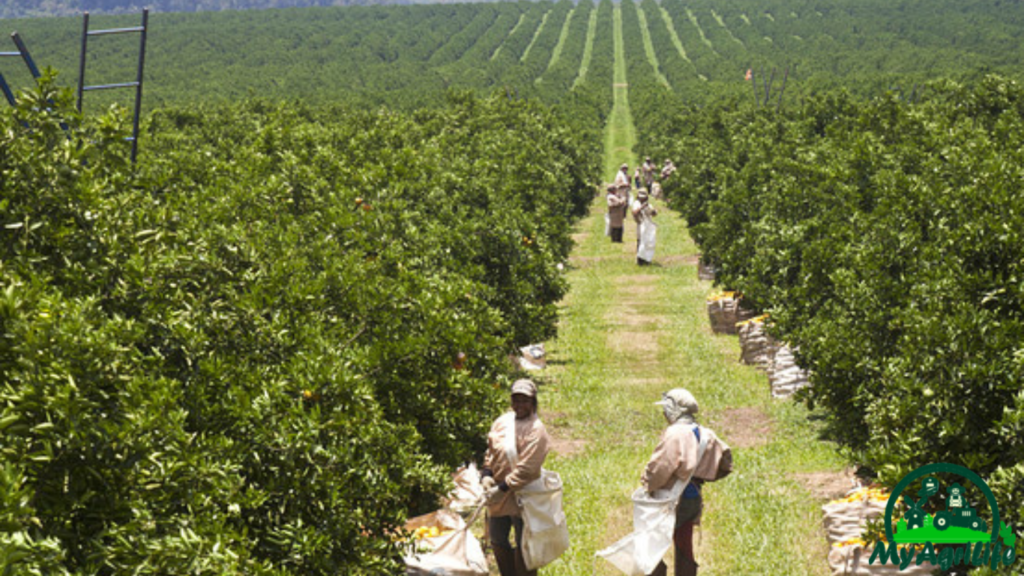
1.Soil type: Oranges can grow in a range of soil types, but they prefer well-draining soils that are rich in organic matter. Soil pH should be between 6.0 and 7.5.
2.Soil preparation: Before planting, the soil should be cleared of any debris or weeds. The land should be plowed or tilled to loosen the soil and make it easier to plant. Incorporating organic matter such as compost or manure can help improve soil structure and fertility.
3.Fertilization: It is important to apply appropriate fertilizers to the soil to provide essential nutrients for the trees. A soil test can help determine what nutrients are needed. Generally, nitrogen, phosphorus, and potassium are important for orange tree growth and fruit production.
4.Irrigation: Oranges require consistent moisture throughout the growing season, so a reliable irrigation system is important. Drip irrigation is often used in orange orchards to provide water directly to the roots and reduce water loss through evaporation.
5.Mulching: Mulching around the base of the trees can help retain moisture in the soil, control weeds, and improve soil health over time. Organic mulches such as straw or wood chips can break down over time and add organic matter to the soil.
Overall, preparing the land and soil for growing oranges requires attention to soil health and fertility. Maintaining a healthy soil environment will help ensure optimal growth and fruit production for the orange trees.
Crop Spray & Fertilizer Specification Orange
Crop sprays and fertilizers are essential for maintaining the health and productivity of orange trees. Here are some specifications to keep in mind when choosing crop sprays and fertilizers for oranges:

1.Crop sprays: Oranges can be susceptible to a variety of pests and diseases, so regular crop sprays may be necessary to protect the trees and fruit. Choose a crop spray that is specifically formulated for citrus trees and follow the instructions carefully. It is important to use crop sprays at the right time and in the right amounts to avoid damage to the trees or fruit.
2.Fertilizers: Orange trees require regular fertilization to maintain healthy growth and fruit production. A balanced fertilizer with a ratio of 2:1:1 nitrogen, phosphorus, and potassium is generally recommended for orange trees. However, it is important to conduct a soil test to determine the specific nutrient needs of the trees. Fertilizers can be applied in a variety of forms, including granular fertilizers, liquid fertilizers, or slow-release fertilizers.
3.Timing of application: Fertilizers should be applied in the right amounts at the right time to maximize their effectiveness. In general, fertilizers should be applied in the spring and fall, but the specific timing may depend on the climate and growing conditions. Crop sprays should be applied as needed to control pests and diseases.
4.Application method: Fertilizers can be applied to the soil or directly to the trees. Granular fertilizers can be spread around the base of the trees, while liquid fertilizers can be sprayed directly onto the leaves and branches. Crop sprays can also be applied directly to the leaves and fruit using a sprayer.
Overall, choosing the right crop sprays and fertilizers and applying them at the right time and in the right amounts is essential for maintaining the health and productivity of orange trees. It is important to follow the instructions carefully and monitor the trees for any signs of damage or nutrient deficiencies.
Weeding & Irrigation Orange
Weeding and irrigation are both important aspects of orange tree care. Here are some specifications to keep in mind:
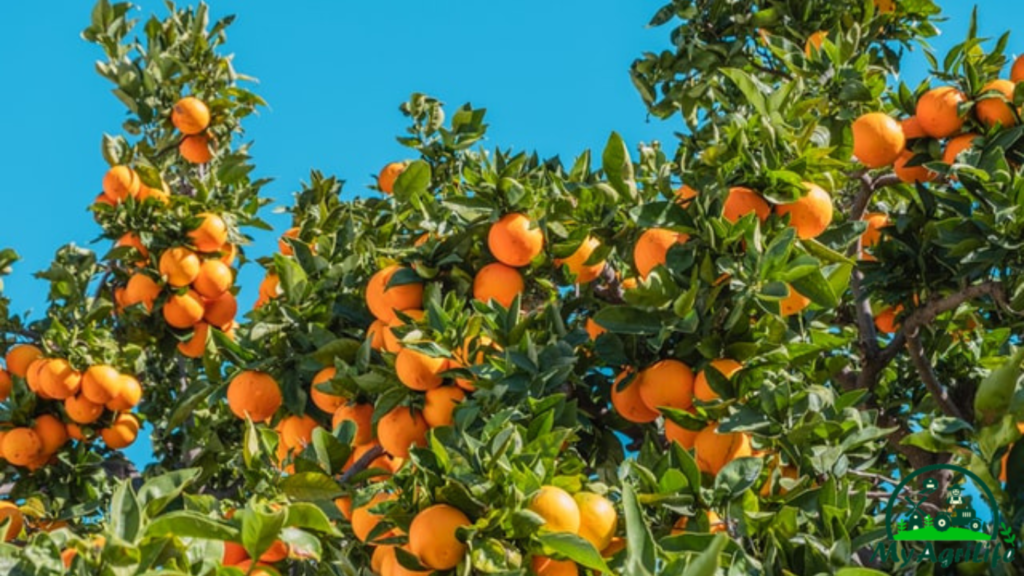
1.Weeding: Weeds can compete with orange trees for nutrients, water, and sunlight, so it is important to keep the orchard free of weeds. Hand weeding, hoeing, or using a weed trimmer are all effective ways to control weeds. It is important to remove weeds before they become established and to avoid damaging the roots of the orange trees.
2.Mulching: Mulching around the base of the trees can help control weeds and retain moisture in the soil. Organic mulches such as straw, wood chips, or leaves can also break down over time and add organic matter to the soil.
3.Irrigation: Oranges require consistent moisture throughout the growing season, so a reliable irrigation system is important. Drip irrigation is often used in orange orchards to provide water directly to the roots and reduce water loss through evaporation. Irrigation should be timed to avoid overwatering or underwatering the trees. Generally, it is better to water deeply and less frequently than to water shallowly and frequently.
4.Monitoring: Regular monitoring of the orchard can help identify any issues with weeds or irrigation. Signs of underwatering may include wilting or yellowing leaves, while signs of overwatering may include waterlogged soil or yellowing leaves. Adjusting the irrigation schedule or adding mulch may be necessary to improve moisture retention and tree health.
Overall, weeding and irrigation are important aspects of orange tree care. Maintaining a weed-free orchard and providing consistent moisture can help ensure optimal growth and fruit production for the orange trees.
Harvesting & Storage Orange
Harvesting and storage are critical steps in orange farming to ensure that the fruit reaches the market in good condition and with maximum shelf life. Here are some important considerations for harvesting and storage:
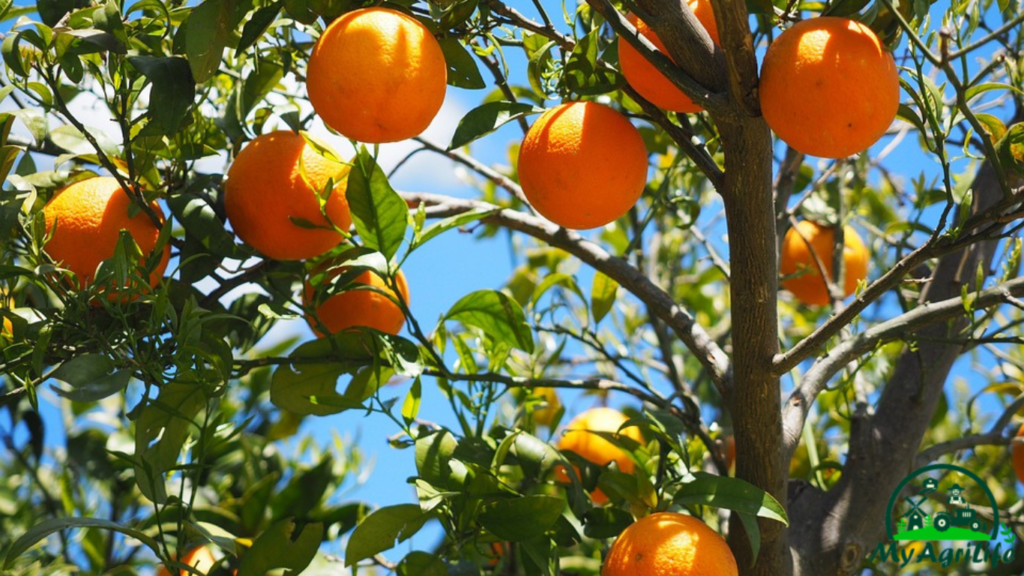
1.Harvesting: Oranges are typically harvested by hand or with the help of mechanical pickers. They should be harvested when they reach full size and have developed their characteristic color. It is important to handle the fruit gently to avoid damage, as bruised or damaged fruit will not store well and may spoil more quickly.
2.Sorting and grading: After harvesting, oranges should be sorted and graded according to their size, color, and quality. This helps to ensure that only the best fruit is sent to market and that customers receive a consistent product.
3.Storage: Oranges should be stored in a cool, dry place with good ventilation. A temperature of 10-12°C is ideal for storage, and high humidity should be avoided as it can lead to mold growth. Proper storage conditions can help to extend the shelf life of the fruit and maintain its quality and flavor.
4.Packaging: Oranges are typically packed in crates or boxes that protect the fruit from damage during transport. The packaging should be sturdy and provide adequate ventilation to prevent the fruit from overheating or becoming damp.
5.Transport: Oranges should be transported carefully to avoid damage and spoilage. The fruit should be kept cool during transport, and any delays or disruptions in transit should be minimized.
6.Marketing: Once the oranges have been harvested, sorted, and packed, they are ready to be marketed. This may involve working with local distributors or exporting the fruit to international markets. Developing strong relationships with buyers and maintaining a reputation for high-quality fruit can help to build a successful orange farming business.
Overall, careful attention to harvesting and storage can help orange farmers to achieve the best possible returns on their investment and ensure that consumers receive a high-quality product.
Conclusion
In conclusion, orange farming can be a rewarding and profitable venture when done correctly. It requires careful planning, preparation, and ongoing maintenance to ensure optimal growth and fruit production. Proper land preparation, soil health management, crop spray, fertilization, weeding, and irrigation are all important aspects of orange farming.
In addition, regular monitoring for pests and diseases and timely harvesting and storage are also important to ensure a successful crop. While there may be challenges such as weather variability, pests and diseases, and market fluctuations, orange farming can provide a sustainable source of income for farmers who are committed to following best practices and continuous learning.
Overall, successful orange farming requires a combination of knowledge, skills, and experience, and a commitment to ongoing improvement and adaptation to changing conditions. With careful attention to detail and proper management practices, orange farmers can achieve a bountiful and profitable harvest.








